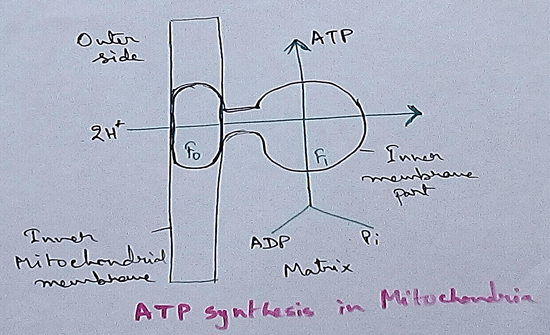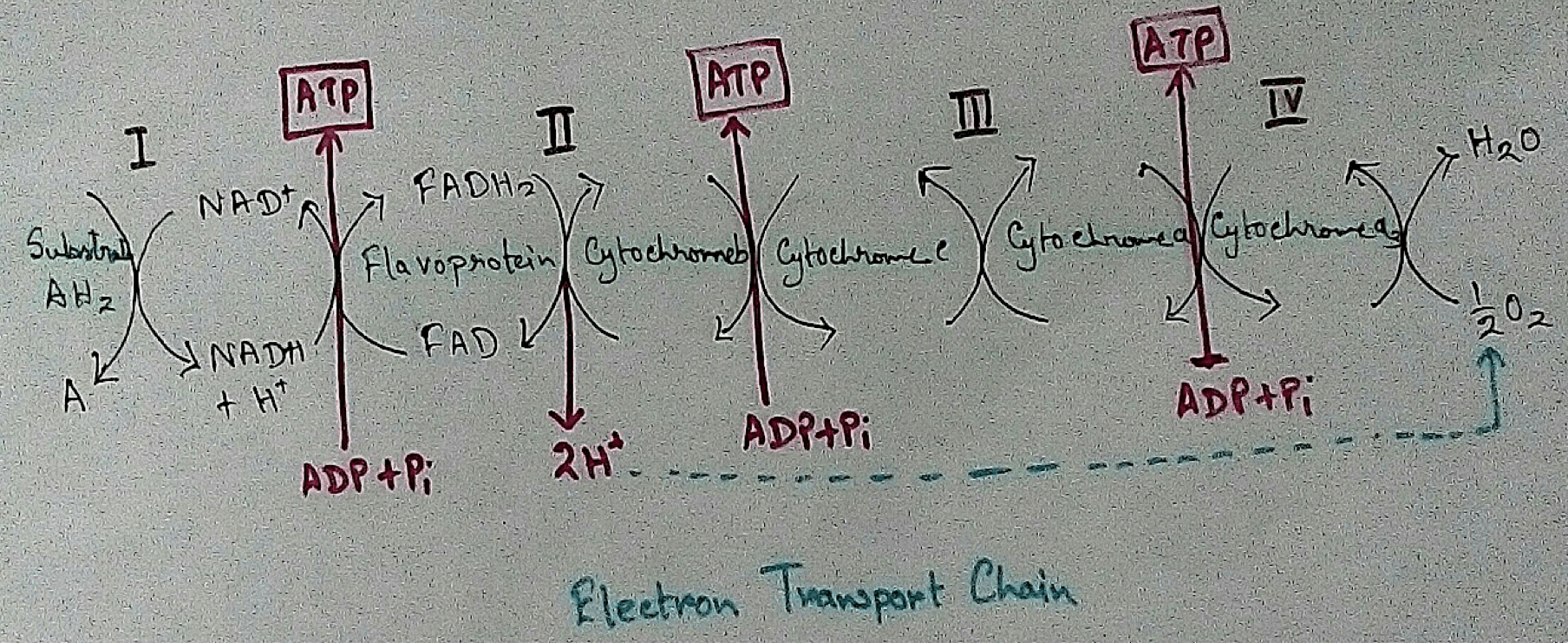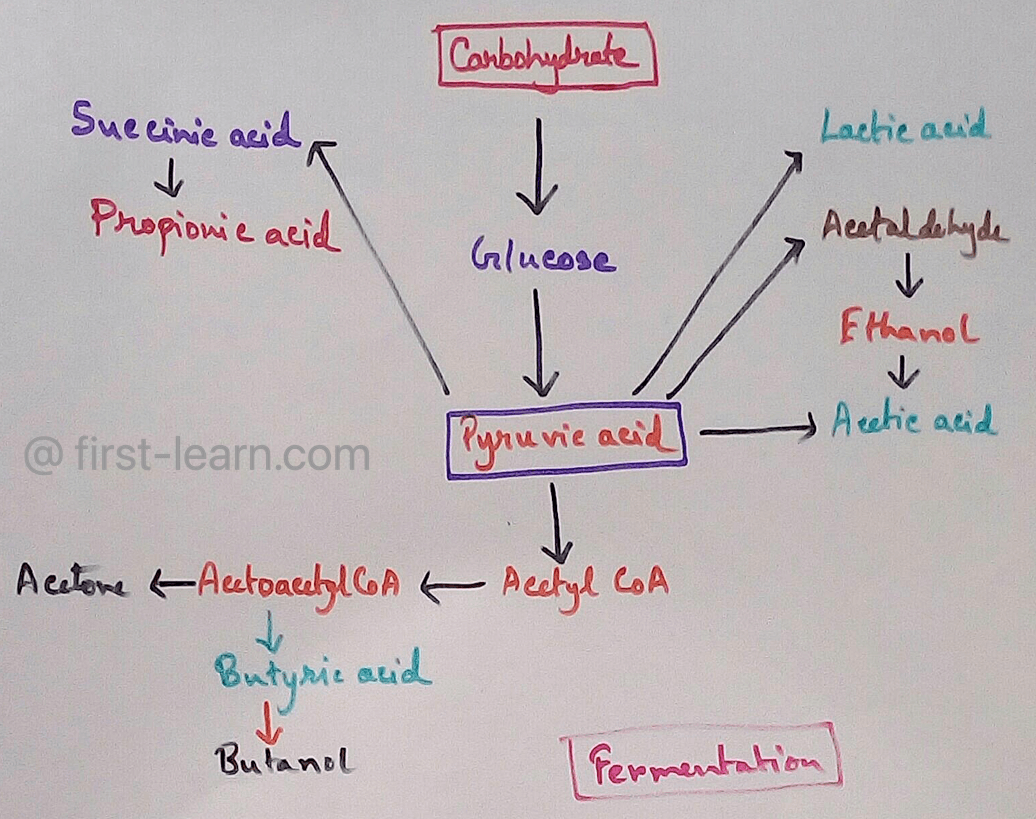Animals and Plants
We have seen different types of animals and plants around us. They both are living things and they have certain common characteristics.
Yet, plants and animals differ from one another in many ways.
We have seen a cat or a dog running or walking.
Have we seen a plant or a tree walking?
We have seen a cat killing a rat and eating it or a cow eating grass.
Now let us see how animals and plants differ from each other.
1. Movement
Animals move from one place to another.
Human beings are also animals. They also move.
They move here and there for various purposes.
Plants do not move on their own and they require the help of humans or animals to do so.
2. Food
Animals do not make food. They eat plants and other animals.
Human beings eat cereals, vegetables, fruits, eggs, meat and many other things.
Green plants prepare their own food with the help of air, water and sunlight.
Moulds and mushroom do not prepare their own food. They are not green plants. They feed on dead and decaying matter.
3. Breathing
Animals breathe through different body parts. Many animals and human beings breathe through nostrils.
Insects have tiny holes through which they breathe.
Fish breathe through gills.
Plants breathe through pores on their leaves.
4. Reproduction:
Animals reproduce by giving birth to their own kind.
Some animals reproduce by laying eggs.
Plants produce seeds and later, seeds grow into the same plant.
5. Sense Organs
Animals have sense organs like eyes, ears, nose, tongue and skin. Sense organs help animals to know the outside world.
Plants do not have sense organs.
Does living things depend on one another?
Yes, all living things depend on one another for their living.
Birds and some animals live on trees. They eat fruits. They may drop some seeds.
New plants grow from these seeds. They grow into big trees and give fruits.
Trees give shelter to birds, animals and human beings.
Waste from animals mixes with the soil. Plants and trees get nutrients from this soil.
Living Things Need Food and Water
Animals and PlantsFrom Animals and Plants to HOME PAGE
Recent Articles
-
Respiratory Balance Sheet | TCA Cycle | ATP Consumption Process
Feb 18, 24 01:56 PM
The major component that produced during the photosynthesis is Glucose which is further metabolised by the different metabolic pathways like glycolysis, Krebs cycle, TCA cycle and produces energy whic… -
Electron Transport System and Oxidative Phosphorylation | ETC |Diagram
Feb 04, 24 01:57 PM
It is also called ETC. Electron transfer means the process where one electron relocates from one atom to the other atom. Definition of electron transport chain - The biological process where a chains… -
Tricarboxylic Acid Cycle | Krebs Cycle | Steps | End Products |Diagram
Jan 28, 24 12:39 PM
This is a type of process which execute in a cyclical form and final common pathway for oxidation of Carbohydrates fat protein through which acetyl coenzyme a or acetyl CoA is completely oxidised to c… -
Aerobic Respiration | Definition of Aerobic Respiration | Glycolysis
Dec 15, 23 08:42 AM
This is a type of respiration where molecular free oxygen is used as the final acceptor and it is observed in cell. Site of Aerobic Respiration - Aerobic respiration is observed in most of the eukaryo… -
Fermentation | Definition | Types of Fermentation | Application
Nov 29, 23 10:27 PM
Definition of fermentation- It is a process that is energy yielding process of anaerobic oxidation of organic compounds which are carried out by the enzyme action of micro organisms where neither gase…




New! Comments
Have your say about what you just read! Leave me a comment in the box below.